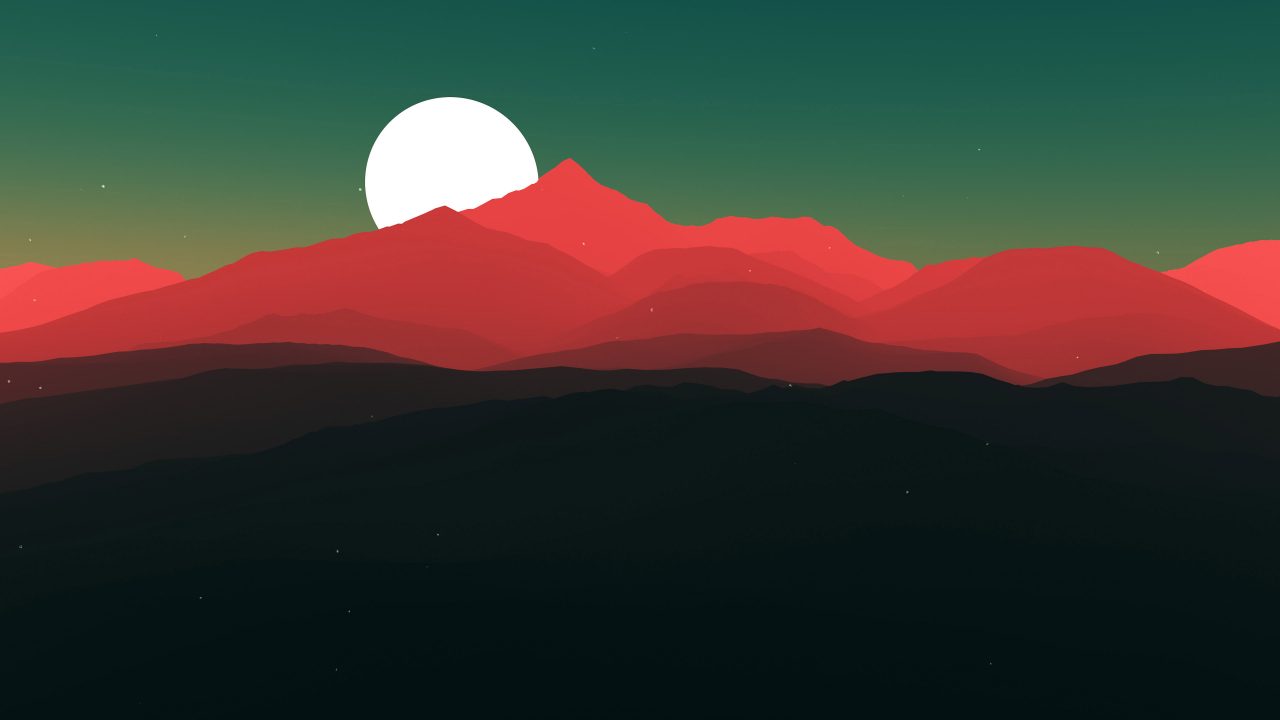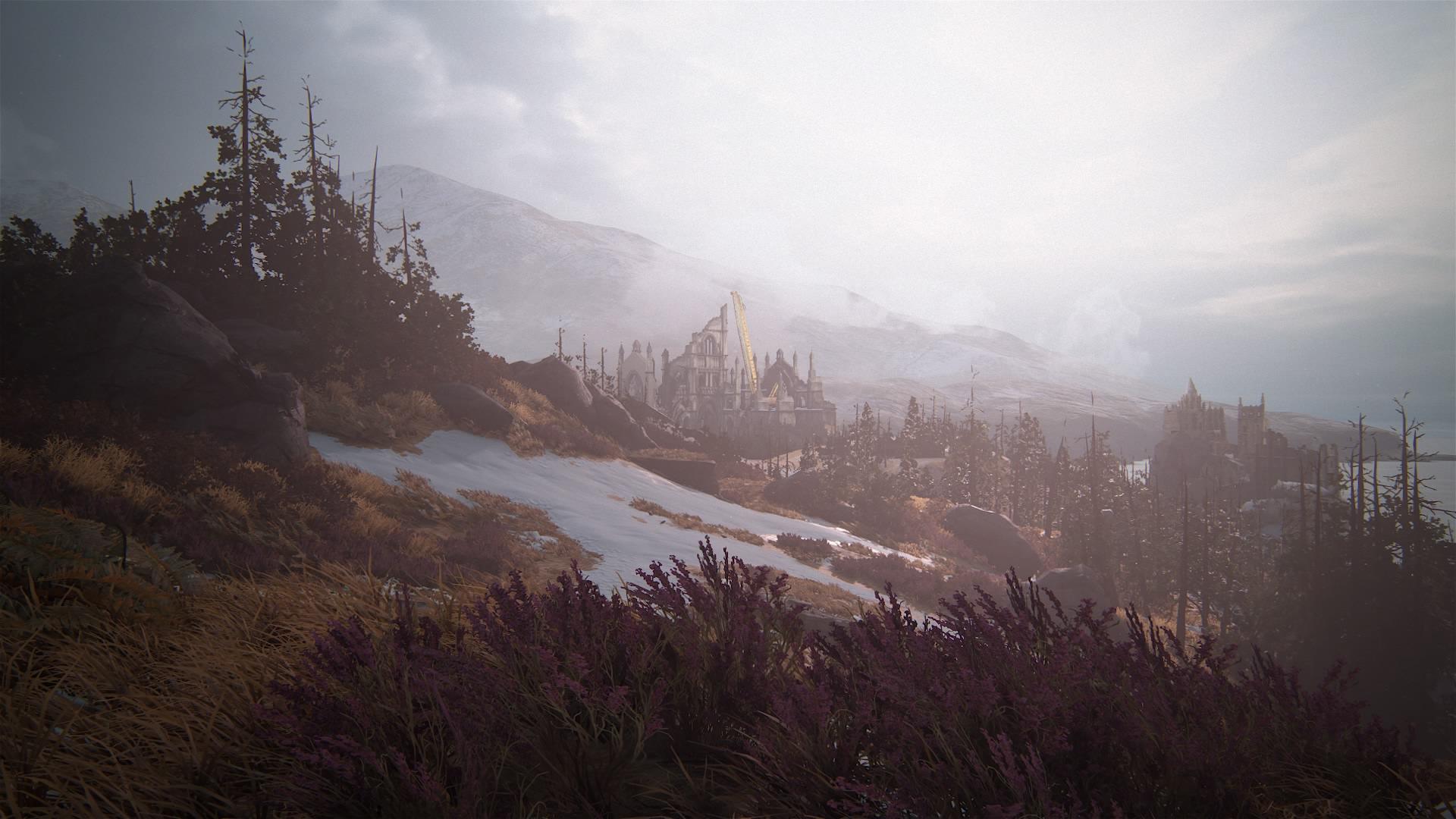
I came up with this method a long time ago and once outlined the principles of its operation in my life. A lot of time has passed since then and many users do not know what they are talking about.
In order to support this post with an information base and to please those who are unfamiliar with the method, I will allow myself to re-explain the basic principle of this trick.
If you want to get a picture in the game with ultra-high detail, but there is no way to influence the graphics settings, this solution will help.
The method is called – the method of over-detailing (hereinafter – MSD)
MSD is based on the ability of many modern game engines to scale the graphics depending on the viewing angle and the distance to objects when working in photo mode. The principle here is that when the field of view is reduced, the game engine scales, complementing the frame with details of other LOD levels (of course if the model has LOD variability), replacing textures from lower resolution to higher, increasing the resolution of shadows, scaling Ambient Occlusion, some effects, etc.
By creating a frame from many individual segments with a minimum FOV (field of view), you can in any game where there is a photo mode, get a stitched frame with detail and graphics, which can not be obtained in any other way in the game. A nice bonus to this scheme is the ability to increase the viewing angle of the final frame, beyond the maximum allowable photo mode of the viewing angle or frame width (the main thing is not to exceed the natural viewing angle of the person).
In game photo modes, the maximum viewing angle is usually ~ 100-110 degrees, which is far enough for the human eye, but due to the graphical potential of the system, so that a large number of objects do not cause the framerate to sag to unacceptable values. In game mode, the higher the viewing angle, the lower the level of graphics development, but in the case of MSD, we can bypass these restrictions. Also MSD allows to achieve any final resolution of a frame, directly under quality improvement, though 4K, though 8K, though all 16K. There is no limit.
